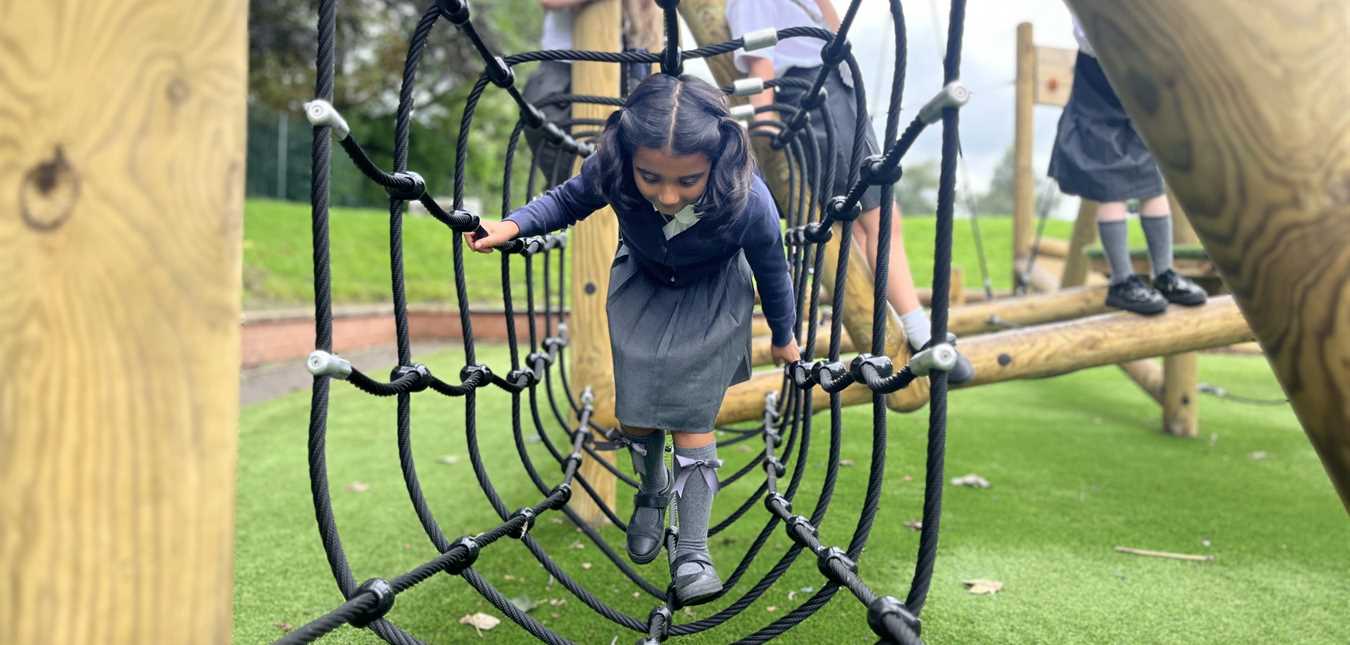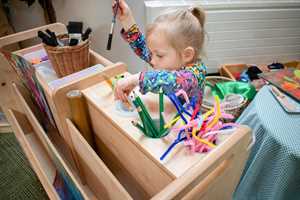Children's Health
A Guide for Supporting Learners with Dyspraxia
What is Dyspraxia?
Developmental co-ordination disorder (DCD), also known as dyspraxia, is a condition affecting physical co-ordination. It causes a child to perform less well than expected in daily activities for their age according to NHS England.
Children may experience difficulties with handwriting legibility, organisation in the classroom, visual processing and physical education. Everyday skills such as dressing and feeding may also be affected and poor co-ordination of muscles can affect children’s speech.
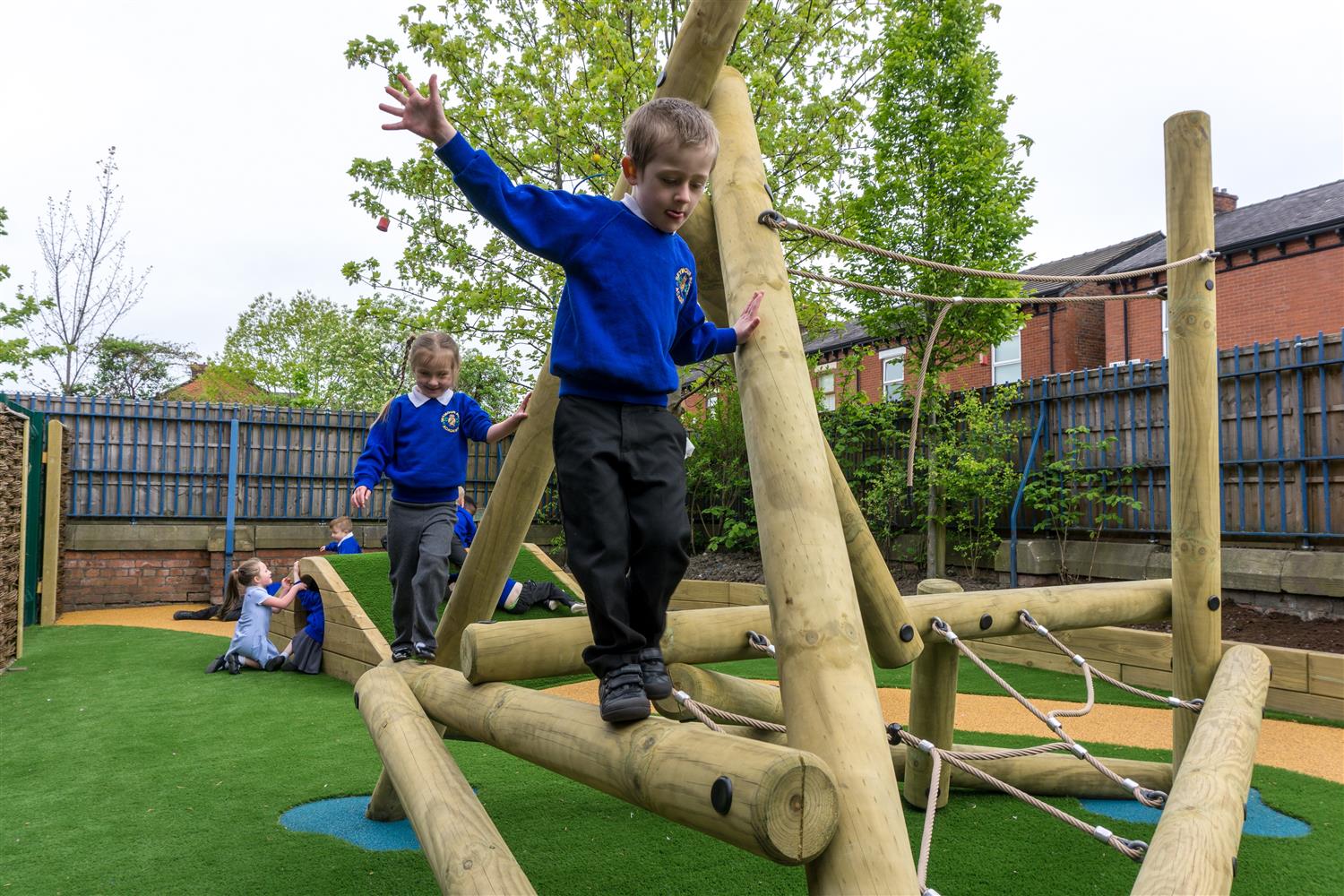
However, there can be great variation in the symptoms of dyspraxia where a child may find one or more particular skills difficult. These variations are often part of broader learning differences that require tailored educational approaches.
Males are four times more likely to be affected by dyspraxia than females and it is believed to be rare for an individual to be affected by a single learning difficulty; for example, children with dyspraxia may also be more likely to have features of dyslexia and other specific learning difficulties.
Pupils with dyspraxia may struggle with certain aspects of their education which can impact social skills, peer relationships and self-esteem.
Signs of DCD may be present from an early age yet a definite diagnosis does not usually happen until a child is 5 years old or more. Teacher’s may begin to notice that a child’s written work does not match their verbal reasoning or comprehension skills.
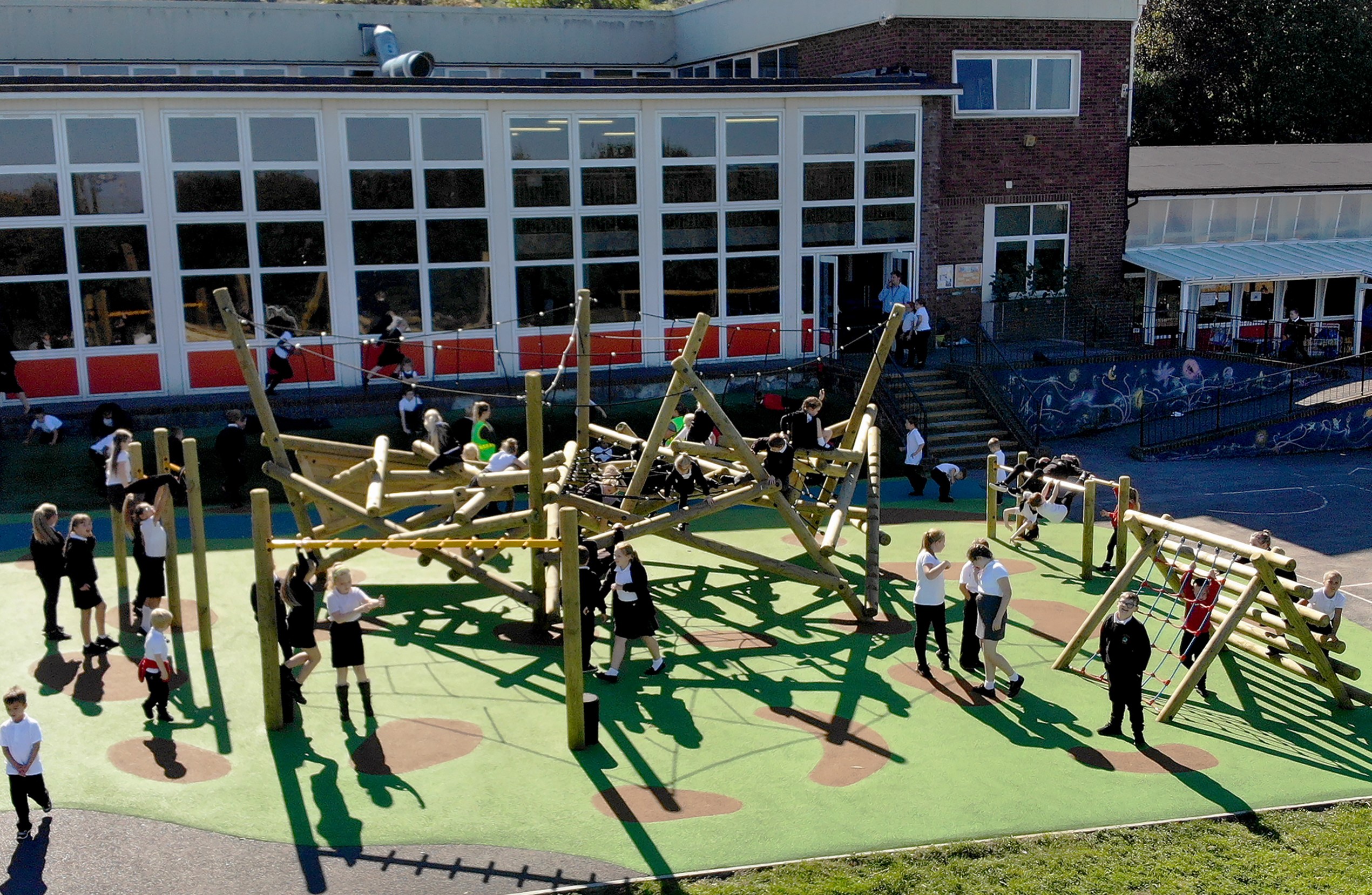
A child may also appear uncoordinated in physical education and extremely clumsy in the classroom environment. Nevertheless, children with dyspraxia can be extremely creative, caring, determined and hard-working.
Signs of DCD
Each child with dyspraxia will have different individual characteristics. Practitioners may notice and piece together different signs to discuss with health professionals which can include:
- Difficulties in balance: hopping, skipping or jumping
- Poor spatial organisation, bumping into objects as unable to judge distances accurately
- Trips over easily
- Lack of rhythm in movement
- Difficulties in constructive play and drawing
- Difficulty navigating stairs
- Inability to manage a knife and fork or use scissors
- Difficulties with handwriting with many letter reversals
- Poor spacing of words on a page
- Poor written content despite good verbal knowledge
- May have a short attention span or difficulty in concentrating
These signs are part of the broader spectrum of specific learning differences that children with dyspraxia may experience.
Proprioception and the Vestibular System
Dyspraxia can be related to the proprioceptive system in particular which involves the position and movement of receptors in and around our joints and muscles.
Receptors react to the amount of contraction or stretch our muscles need when moving, informing or brain of how the muscle system is responding and storing this information in our memory.
Children eventually become aware of where their limbs are without needing to look at them however for children with dyspraxia information regarding muscle strength and relaxation is less clear. Children have difficulty perceiving where their limbs are in space which can cause them to appear clumsy.
The vestibular system provides us with information regarding direction and speed of movement. It allows us to detect the speed and direction of our body’s movement enabling us to maintain correct posture and muscle tone and to remain balanced when moving and adjusting position.
Children with dyspraxia may have difficulty receiving messages from the vestibular system presenting as a lack of control with the speed of movements.
Having immature vestibular and proprioceptive systems that do not function as they should can cause children with dyspraxia to appear clumsy and uncoordinated and to experience learning difficulties, including difficulties with fine motor control.
There are a variety of approaches and techniques which can be used to help children with dyspraxia to overcome difficulties. Each individual child’s needs will need to be considered accordingly in order to unlock their potential.
Impact on Learning
Dyspraxia can significantly impact a child’s learning, particularly in areas requiring motor skills, coordination, and organisation. Children with dyspraxia often struggle with handwriting and writing tasks, leading to difficulties with written assignments and exams.
Physical education and sports can be particularly challenging, affecting their self-esteem and confidence. Following verbal instructions can also be problematic, resulting in difficulties understanding and completing tasks.
Additionally, organising their work and materials can be a constant struggle, leading to lost or misplaced assignments. Participating in group activities can be daunting due to difficulties with social skills and coordination.
Recognising the impact of dyspraxia on learning is essential. Providing appropriate support and accommodations can help children with dyspraxia succeed academically and socially. By understanding their unique challenges, we can create a more inclusive and supportive learning environment.
The Importance of Activity For Dyspraxia
With a demanding curriculum and government pressure to raise standards in core subjects the amount of time pupils spend outside studying nature, exploring their environment and moving around freely can be restricted.
Young children’s physical activity patterns have changed during the last century where free play has lessened due to social, cultural and lifestyle changes. Research points to a lack of health and fitness in our young children.
For a child's physical, social, and emotional growth, exercise is essential. Playing increases strength, fitness and self-confidence as children learn to interact with peers and experience success and failure.
.jpeg)
Exercise is important for all children, including those with dyspraxia. Children with dyspraxia have been shown to have slack muscles and to lack muscle tone, particularly lacking in strength in their fingers, hands and wrists which can relate to difficulties in fine motor skills.
Children with dyspraxia will need more time and practice to master physical skills in a positive, supportive environment in order to build confidence.
Many children with dyspraxia have an unstable shoulder and hip girdle which can be noticed when they are asked to balance on all four limbs. Shoulder stability is needed to be able to write, use scissors, construct and to complete daily life skills such as dressing. Hip instability will affect walking, running, jumping and hopping as well as posture when sitting or standing.
Activities to Improve Hip and Shoulder Stability
- Crab Walks - Ask children to position themselves on the floor with knees bent, feet flat and hands flat on the floor behind them. Ask pupils to lift themselves slightly off the floor, taking their weight through their hands and feet. Children can practise moving forwards, backwards and sideways in this position. Using the crab position pupils can kick a football between goalposts, playing either individually, in pairs or in small groups.
- Superman Balances – Children are to begin on all fours before raising on arm out in front of them and the opposite leg straight out behind them, Pupils could try to hold this position for 5 seconds before returning to the start position. With practise the position could be held for a longer time.
- Kneeling and Catching – Start by kneeling on the floor in a high position. Ask a child to bring one leg forward in front of them in a half kneel position. When in this position children can throw a ball to each other. Once this has been mastered with children throwing straight to each other an extra challenge can be added by throwing slightly to the side, requiring children to stretch. After a set number of throws children can switch legs.
- Beanbag Balance – Working in a small group each child is given a beanbag to balance on their head. Children travel around a given space either to music or instruction. If a child's beanbag falls off, they are frozen on the spot until another child picks up their beanbag for them and places it back on their head – they must try to do this without dropping their own beanbag. The winner is the child who has helped to return the most beanbags in the given time.
- Walking the Plank - By utilising a piece of play equipment that includes a wobbleboard, like The Rockies, you can set up an activity that guarantees fun. Set up treasure on one side of the wobbleboard and have your children stand on the other side. Challenge your children to collect the treasure and return back to the ship without falling off. Have the children sing old sea shanties as your little pirates work on their core balancing skills.
Suggested Activities to Develop Spatial Awareness
- Create Obstacle Courses – Trim Trails and Freestanding Pieces such as Get Set, Go! Blocks are ideal bases for creating obstacle courses of varying difficulty that children can find their way around. Manoeuvring through an obstacle course requires many spatial awareness skills as children navigate crawling, climbing and jumping.
- Play Games – The Number Game requires children to spread out and travel around a set space. A teacher will call out a set number such as ‘six' and students have to quickly form groups of that number. Any players who didn't make a group that time can perform a quick exercise such as five star jumps and join in the game again for the next round.
- The Floor is Lava – A teacher can place lots of rubber floor markers in a set area. Encourage children to travel round the area and explain to the children that the floor is lava only when this instruction is shouted and that children must find a spot to stand on. Children could be challenged to make their way across a space by standing on a set number of spots e.g. 5 spots each time the floor is lava is called. Teachers could remove floor markers after each round.
- Treasure Hunters – Children could be given a map showing their outdoor space which various objects/obstacles have been added to. Children can describe what they can see on the map and can make estimates as to how many steps it would take them to reach the objects/treasure before carrying out the action. This can help to monitor distances.
Improving Hand-eye Coordination
Children with dyspraxia may need to practise their ability to respond to a moving object by using a hand action. Tasks can include:
- Throwing and catching different objects such as balloons, scarves, and different size and weight balls such as tennis balls, juggling balls etc.
- Younger children will enjoy catching bubbles in the air with both hands.
- Target throwing can involve passing a beanbag through a cardboard target or throwing from different marked lines over various distances. Skittles can also be useful to practise aiming.
- Children will enjoy object relays where they stand in a line one behind the other with a bucket of objects in front of the first child and an empty bucket at the back of the line. Children need to pass an object overhead, then between the legs. Everyone can keep their place or the last child can run to the front after placing their object in the bucket at the back.
Top Tips for Improving Writing Skills
With dyspraxia having such a huge effect on a child’s ability to write, it’s a great idea to introduce ways to help children with dyspraxia learn how to write.
Below are a list of ideas we have learned from visiting a variety of schools that provide fantastic support for children with dyspraxia. These schools also specialise in educating children with specific learning differences.
Writing Position
Children with dyspraxia may find it difficult to sit with ease and comfort when engaging in drawing and handwriting tasks. Classroom furniture can make a big difference to children’s writing success.
When sitting on a chair a child’s feet should be flat on the floor with knees and hips at 90 degrees. The height of the table should be the same as the height of the elbows when placed against the side of the body. This setup can also benefit children with other learning differences, ensuring they have the necessary support for various challenges.
If children are leaning forward the table could be too low and if they are raising their shoulders or arms, too high. Pupils should sit approximately a fist distance away from the table and paper should be tilted and offset according to the writing hand.
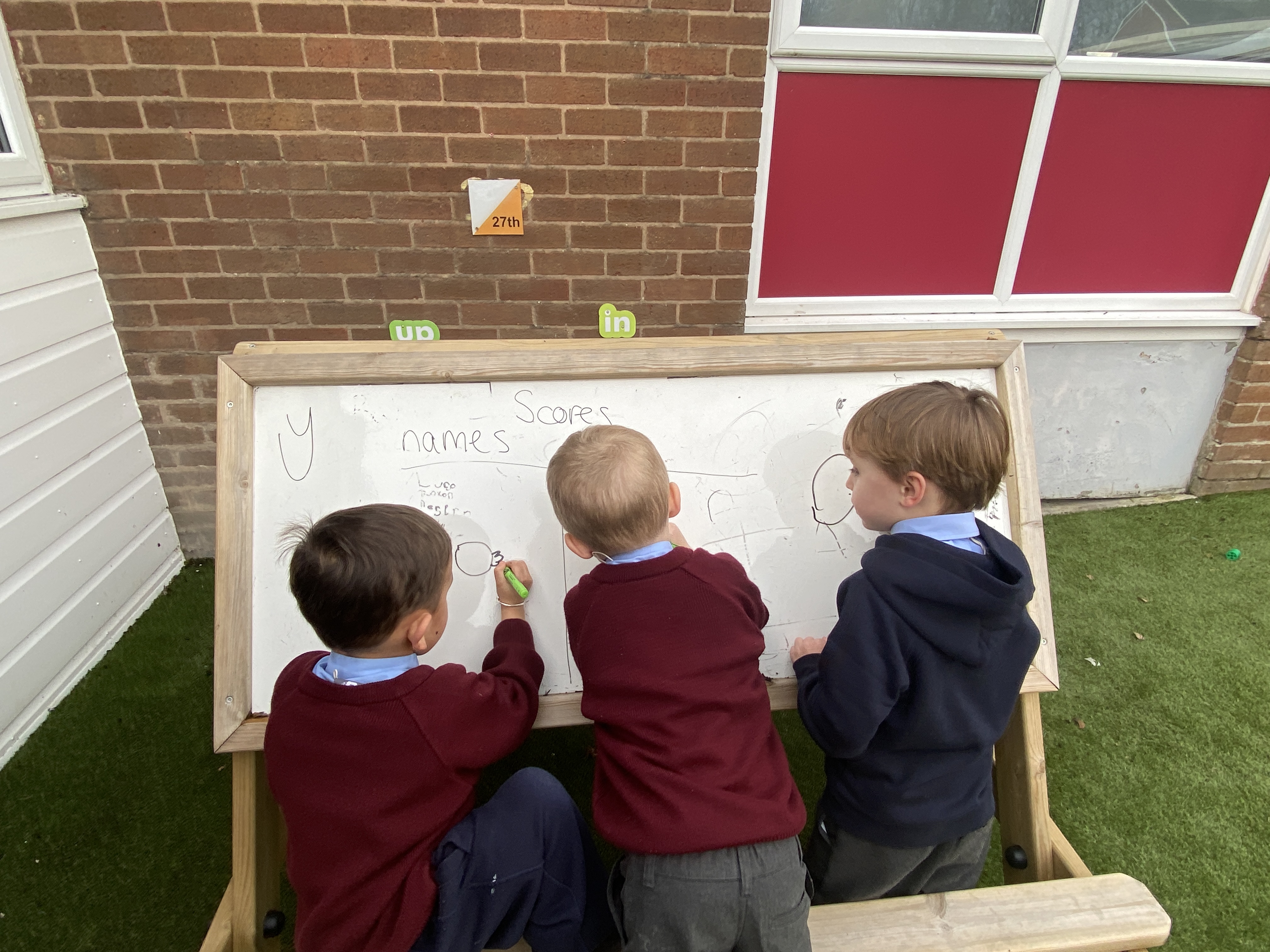
Children may write with their wrist held off the table, resulting in a child’s writing being too light due to lack of control. Angled boards are useful as a child can rest their wrist on the board, helping to develop an appropriate position.
Using a sheet of sandpaper underneath a piece of writing paper can help children to slow down and adjust their pencil control and pressure as they respond to tactile input. Children become more aware of how their pencil is moving.
Letter Formation
Letter and number reversals are common in young children but by the age of 6 correct orientation is usually being applied. For some children with dyspraxia and other learning difficulties, letter formation and reversal can be an ongoing issue which can impact writing, making work difficult to read.
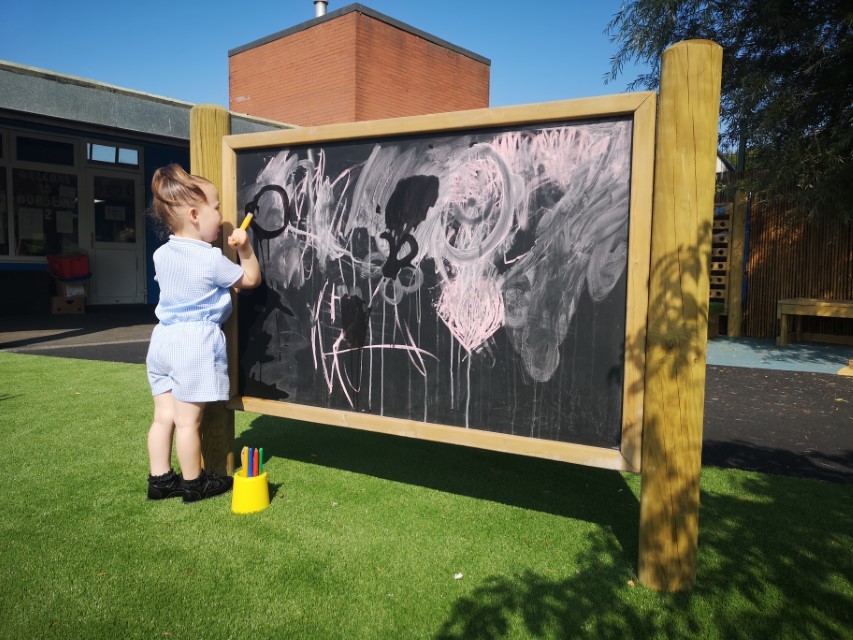
In order for children to learn how to form letters correctly they can make them using their fingers in the air or in sand, paint, shaving cream, coloured salt or rice before pencils are used.
Spatial Awareness
Children with dyspraxia may start a line of writing in the middle of the page or will slope their writing diagonally across the page rather than horizontally from left to right.
Stickers can be placed next to the margin showing children where to begin and can also act as a cue to show pupils that they are nearing the edge of the paper. It can be useful to highlight writing lines and to use wooden craft sticks as a spacer to encourage children to leave appropriate spaces between words.
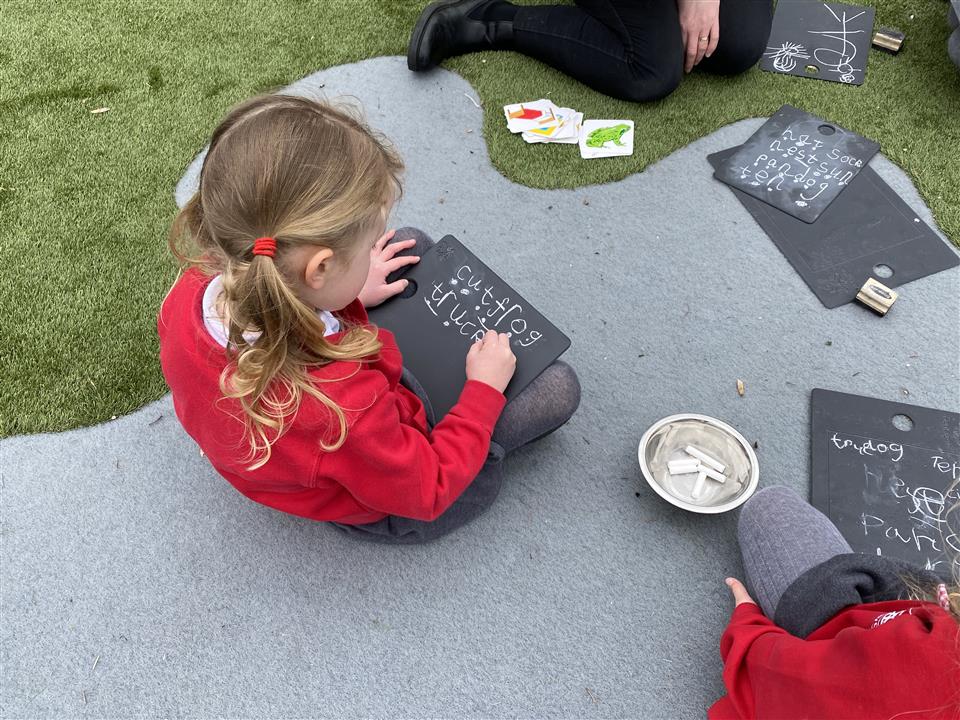
Grid paper where children place each letter of a word in a box can help children to develop correct letter spacing.
Creating a Supportive Environment
Creating a supportive environment is crucial for children with dyspraxia to thrive. Here are some strategies to foster a positive and inclusive atmosphere:
- Provide Extra Time and Support for Writing Tasks: Allow additional time for writing assignments and offer support, such as scribing or using assistive technology like text-to-speech software.
- Adapt Physical Education and Sports Activities: Modify activities to accommodate children with dyspraxia, ensuring they can participate and build their motor skills and confidence.
- Use Visual Aids and Demonstrations: Support understanding and task completion by providing visual aids and step-by-step demonstrations.
- Encourage Social Skills Development: Promote social skills through group activities and role-playing exercises, helping children build confidence and improve their interactions with peers.
- Foster a Positive Classroom Environment: Create an inclusive atmosphere that promotes self-esteem and confidence, celebrating each child’s unique strengths and achievements.
By implementing these strategies, we can help children with dyspraxia feel more comfortable and confident, leading to improved academic performance and overall well-being.
Working with Parents and Carers
Collaborating with parents and carers is essential to provide comprehensive support for children with dyspraxia. Here are some ways to work effectively with parents and carers:
- Regular Communication: Maintain open lines of communication to share progress, concerns, and strategies. Regular updates help keep everyone informed and involved.
- Provide Resources and Information: Offer parents and carers resources on dyspraxia and its impact on learning, helping them understand their child’s needs and how to support them.
- Involve Parents in IEPs and Support Plans: Include parents and carers in developing individualised education plans (IEPs) and support plans, ensuring their input and insights are considered.
- Offer Parent-Teacher Conferences and Workshops: Provide opportunities for parents and carers to receive guidance and support through conferences and workshops.
- Encourage Sharing of Strengths and Challenges: Invite parents and carers to share their child’s strengths, interests, and challenges, informing teaching and support strategies.
By working collaboratively with parents and carers, we can provide a cohesive and supportive approach to helping children with dyspraxia succeed.
Assessing and Monitoring Progress
Assessing and monitoring progress is crucial to ensure that children with dyspraxia receive the support they need to succeed. Here are some strategies to assess and monitor progress effectively:
- Use Standardised Assessments: Employ standardised assessments and evaluations to identify areas of strength and weakness, providing a clear picture of the child’s needs.
- Regular Observations and Feedback: Monitor progress through regular observations, feedback, and progress reports, ensuring continuous support and adjustment of strategies.
- Utilise Technology: Use learning management systems and other technology tools to track progress and identify areas needing additional support.
- Involve Parents and Carers: Include parents and carers in the assessment and monitoring process, providing a comprehensive understanding of the child’s needs and progress.
- Adjust Teaching Strategies: Based on assessment and monitoring data, adjust teaching and support strategies to ensure the child receives the most effective support.
By regularly assessing and monitoring progress, we can ensure that children with dyspraxia receive the support they need to succeed and make progress towards their goals.
Support Children With Dyspraxia Today!
Educational and health professionals will strive to improve functional skills of children with dyspraxia. Aiming to increase a child's ability to carry out daily tasks effectively.
Each individual child with dyspraxia will have specific needs and abilities however support can come in the form of adaptations to equipment, specific exercise and strategies or advice and support for educational staff and carers.
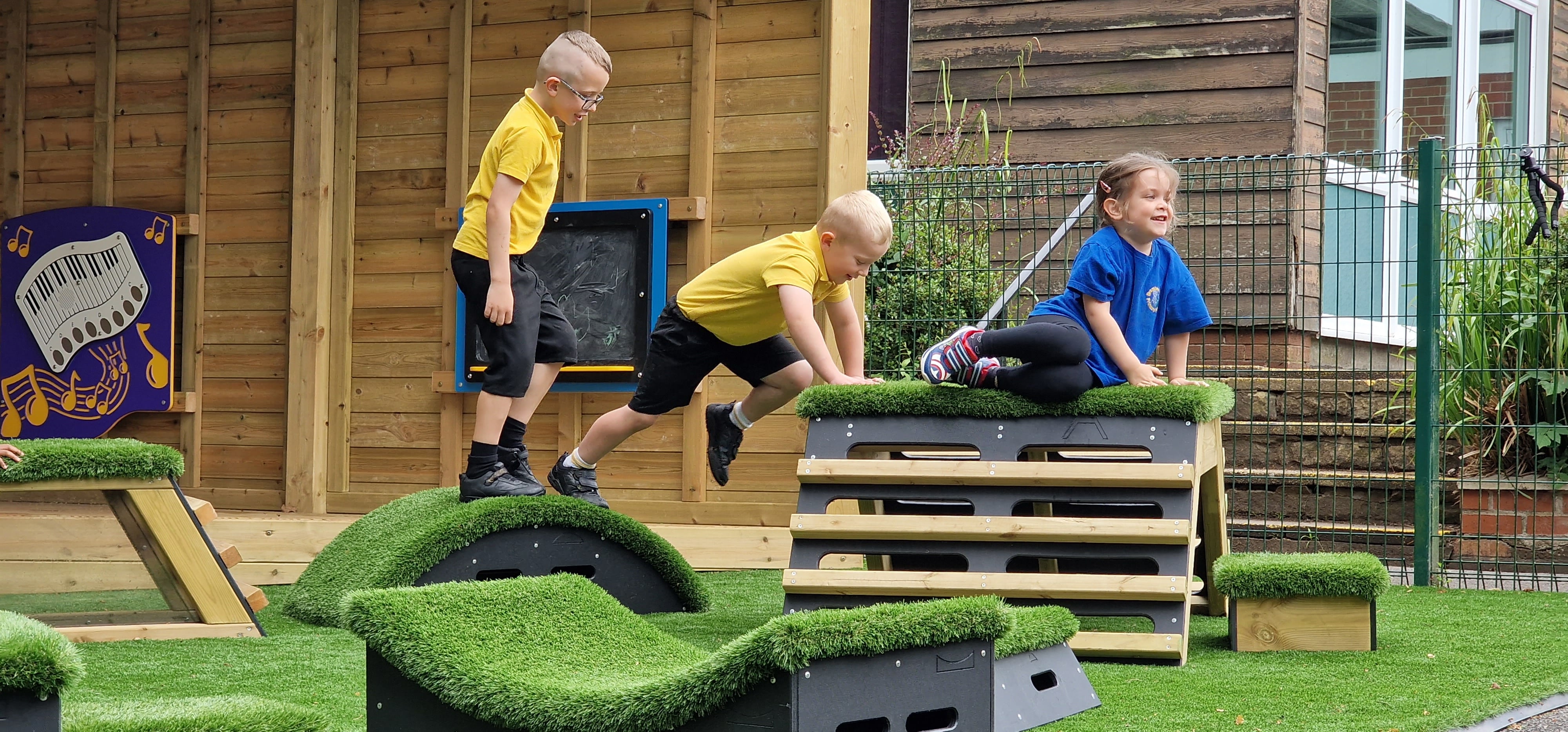
If you want to create an inclusive school environment for your children, then it's important that your school has the right support structure in place for children with dyspraxia.



